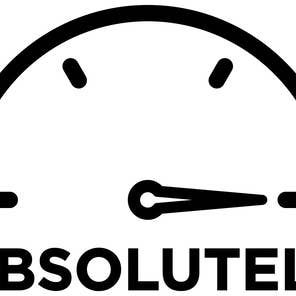Late in 2018, we identified 10 key trends for 2019. What have we learned in the past year, and what did we miss? Almost all predictions have happened (must be that crystal ball we bought last fall). Stay tuned for our 2020 trends coming soon!
Contextual Commerce
What we said:
Contextual Commerce will allow brands to sell in places people go to be entertained. It will be most relevant for fashion & technology, especially low-cost impulse purchases, and in particular with the inclusion of rapid delivery.
What happened:
The year saw many examples of brands selling via social media and video. For some major brands in the US, the biggest event was probably the introduction of Instagram Checkout in March. While this still has not been rolled out more broadly outside of the US, reportedly brands are doing well with the feature (and Adidas has reported a sales boost because of it).
For rapid delivery, companies like Shopify are handling fulfilment for brands that are selling via social, providing a growing alternative to Amazon.
Did we get it right?








